
An in depth article which delves into the inner world of Tsavorite gemstones. examining the different types of inclusions typically seen in this gem type and also some not so typical. Professional Micro-photography with GIA microscope and microscope camer
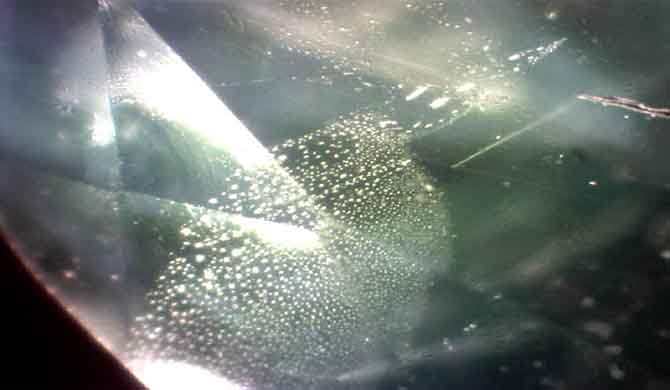
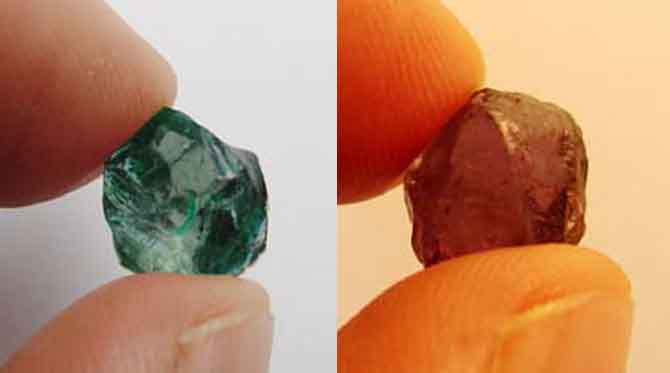
A new discovery in the renowned Taita district of Kenya has taken the gem world by storm. We take a look at the new stone and the discovery.
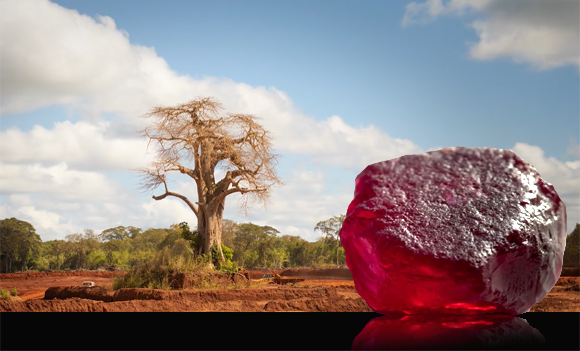
Some of the world's finest and rarest Rubies are now mined in Africa. The traditional sources in Asia have been depleted and there's a new kid on the block. This article delves into the fascinating world of African Rubies, where and how they are mined.
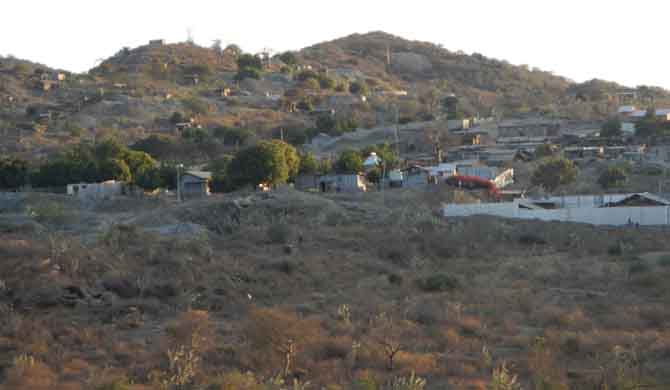
There is a great deal of misinformation currently online regarding what "ethical" Tanzanite mining is. This article explores the different opinions.
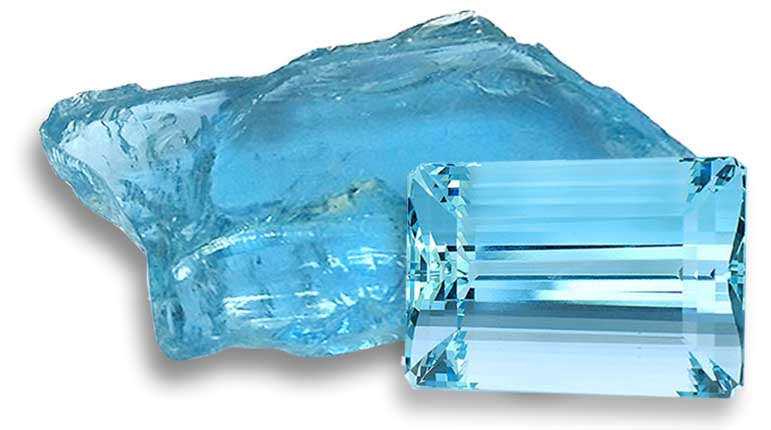
Everything you need to know about Aquamarine Gemstones. Learn all about this beautiful, rare gemstone. Learn about its properties, how to judge quality, pricing, how it is mined, where it comes from and how to spot imitations.